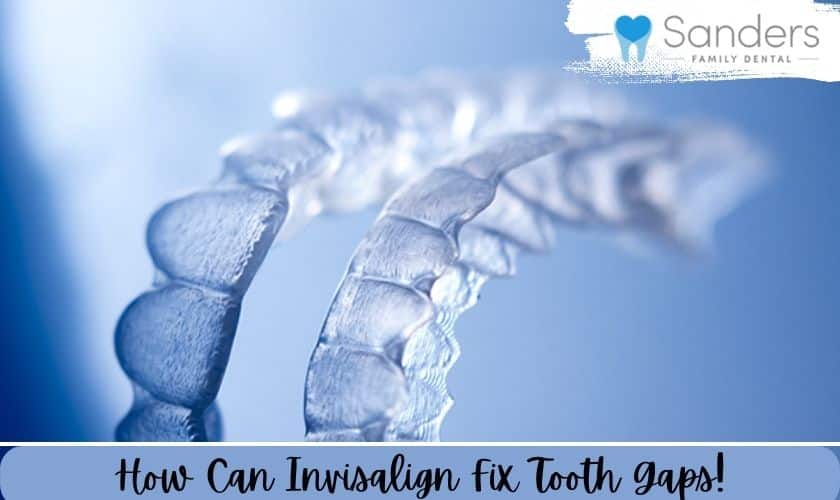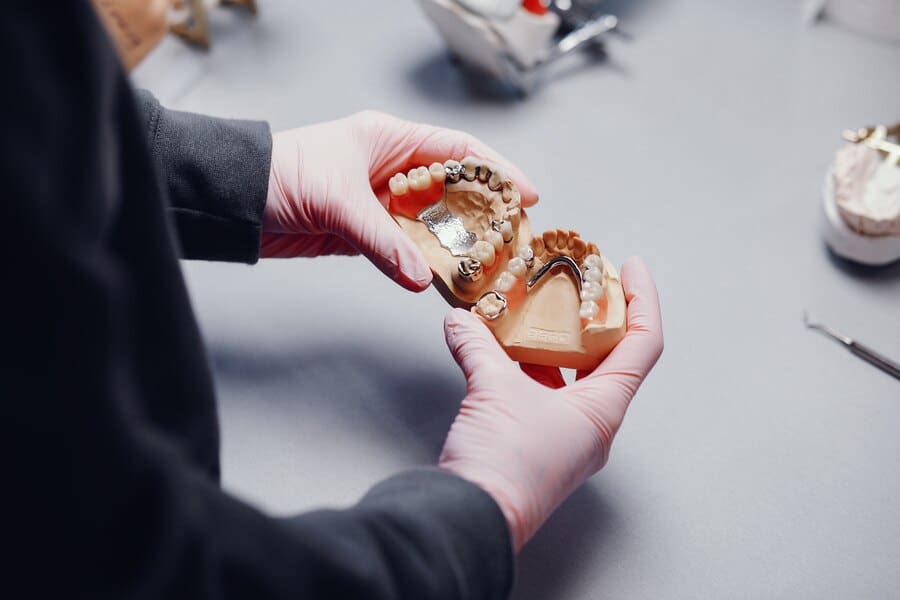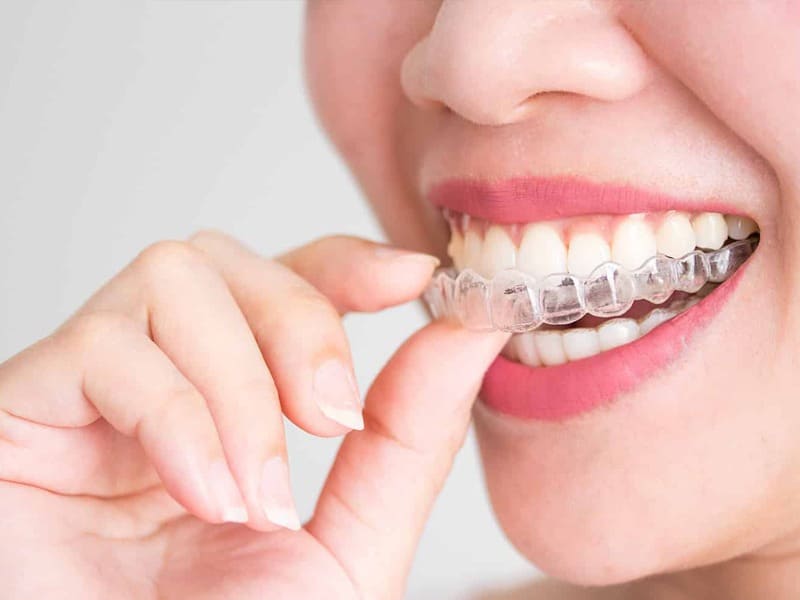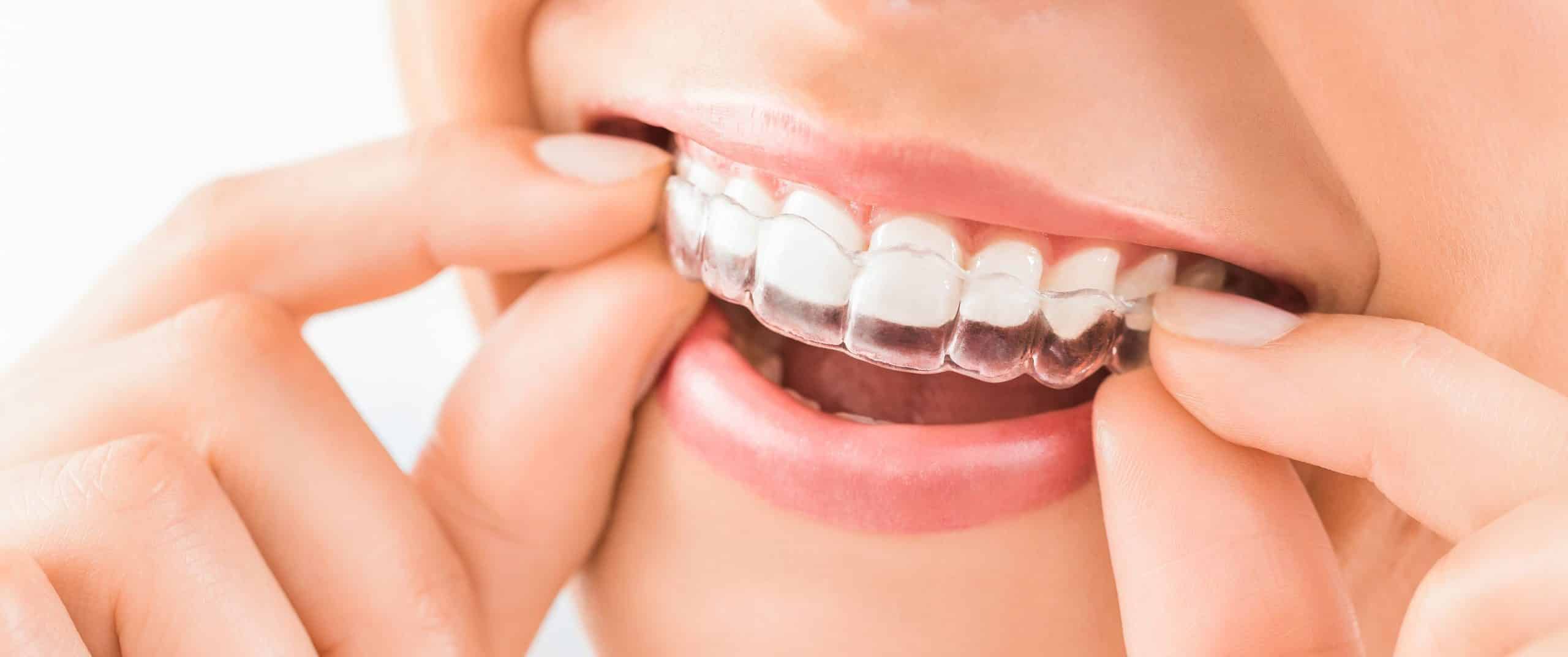Call: (630) 620-0929
How Can Invisalign Fix Tooth Gaps?


When asked how they feel about their smile, patients frequently mention gaps between their teeth as one of their main concerns. Invisalign is also a viable choice for mild to moderate crowding and crookedness, even though it is best known as a braces-free alternative for straightening teeth.
What Are Tooth Gaps?
Unwanted areas between two or more teeth are known as gaps; some persons may only have one gap (a diastema), while others may have several. Treatment options for gaps between teeth include combined orthodontic treatment and orthodontic and prosthetic procedures.
Are Tooth Gaps Dangerous?
Gaps between teeth may not be a huge concern. Even some famous people are recognized for their gapped teeth. Gaps, though, might occasionally be a concern. A gap can be manageable if the patient is conscientious about maintaining good dental hygiene. It can be simple for food that causes tooth decay to become trapped in the crevices between teeth, leading to cavities. Additionally, a significant region of exposed gum tissue increases the risk of gum disease.
What Is Invisalign?
Since Invisalign moves all of your teeth simultaneously rather than just one at a time, it gives you a straighter smile more rapidly. It’s an operation free from all the restrictions related to metal braces. Invisalign clear, plastic aligners fit over the teeth like retainers to straighten them over a certain period. The transparent aligners are constructed from flexible plastic, precisely a unique thermoplastic substance known as SmartTrack® that was explicitly developed for Invisalign treatment. Invisalign aligners are a treatment option for conventional braces that are meant to be worn for a few weeks or months. Your dentist will create new aligners for you as your teeth shift to maintain their steady advancement into the correct position. Patients commonly wish to close their gaps for aesthetic reasons. A lisp, whistling, or other speech issues could also be brought on by a significant tooth gap. There are essentially two methods for closing the gap between teeth. Either the teeth must be moved, or you must cover the space.
How Can Invisalign Fix Tooth Gaps?
Using aligner trays made of transparent plastic, Invisalign gently adjusts teeth. These trays are worn for around 22 hours per day and are manufactured specifically for each patient using 3D impressions of their teeth. Every two weeks, the sets are replaced with fresh ones. The firm plastic aligner tray gradually closes the gap between the teeth by moving them closer together with each successive pair. Other teeth that are crooked or crowded can also be relocated and fixed simultaneously. In general, the procedure takes six months to a year. It can take longer if the gap is wide. It’s also crucial to remember that Invisalign is designed to correct mild to moderate difficulties, so there might be better options for some cases of improper tooth alignment. Traditional braces may produce more outstanding results if there is a considerable gap or the teeth are severely misaligned.
Who Can Use Invisalign For Gapped Teeth?
The fact that practically anyone, including youngsters, can utilize this system is one of its advantages. Gaps may form as children lose their baby teeth and new ones erupt, especially in the upper row. Without the use of metal braces, using this aligner can fix such gaps while children are still young and produce a lovely smile. Adults who struggle with tooth gaps can consult an Invisalign® dentist to determine whether the system is the best option for addressing the problem. The clear aligner can close gaps in individuals of any age, albeit individual situations differ.
Your smile will suffer if you have gaps, and gum disease risk may also rise. You can fix these issues and have a smile you can be proud of by working with an Invisalign® dentist.





